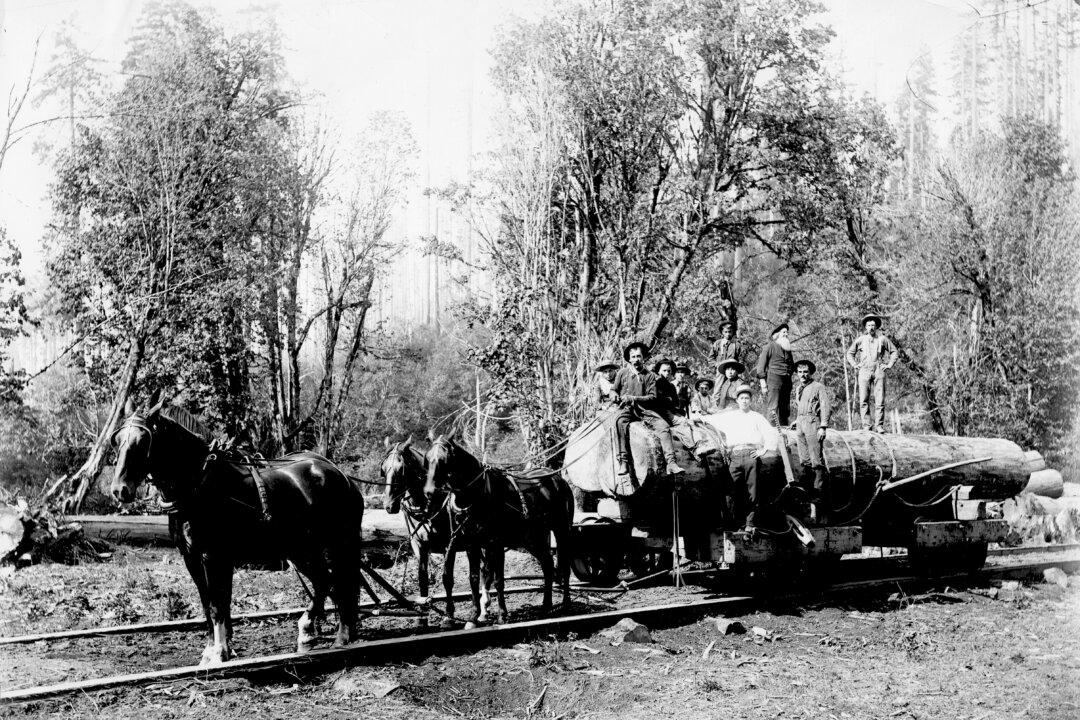As Americans anticipate summer vacation, many are planning trips to our nation’s iconic national parks, such as the Grand Canyon, Zion, Acadia, and Olympic. But they may not realize that these and other parks exist because presidents used their power under the Antiquities Act, enacted on June 8, 1906, to protect those places from exploitation and development.
The Antiquities Act has saved many special places, but at times its use has angered nearby communities. Some critics argue that presidents have used the act to restrict natural resource development. Others simply do not like the fact that the president has such power—even though Congress gave it to presidents by passing the law.
As a seasonal park ranger at Glen Canyon National Recreation Area in the 1970s, I hiked through areas that were first protected under the Antiquities Act. They include Zion and Capitol Reef national parks, Natural Bridges National Monument, and the area that would become the Grand Staircase-Escalante National Monument. Much of the scenic redrock Colorado Plateau region, which covers 140,000 square miles in the Four Corners region of the Southwest, has been protected from development under the Antiquities Act.
While the Antiquities Act has played a crucial role in the growth of our national park system, it has become a flashpoint for disputes from Alaska to Maine over protection and use of public lands. For that reason, it works best when it is not used arbitrarily or too often, and when the public understands and supports its use.

